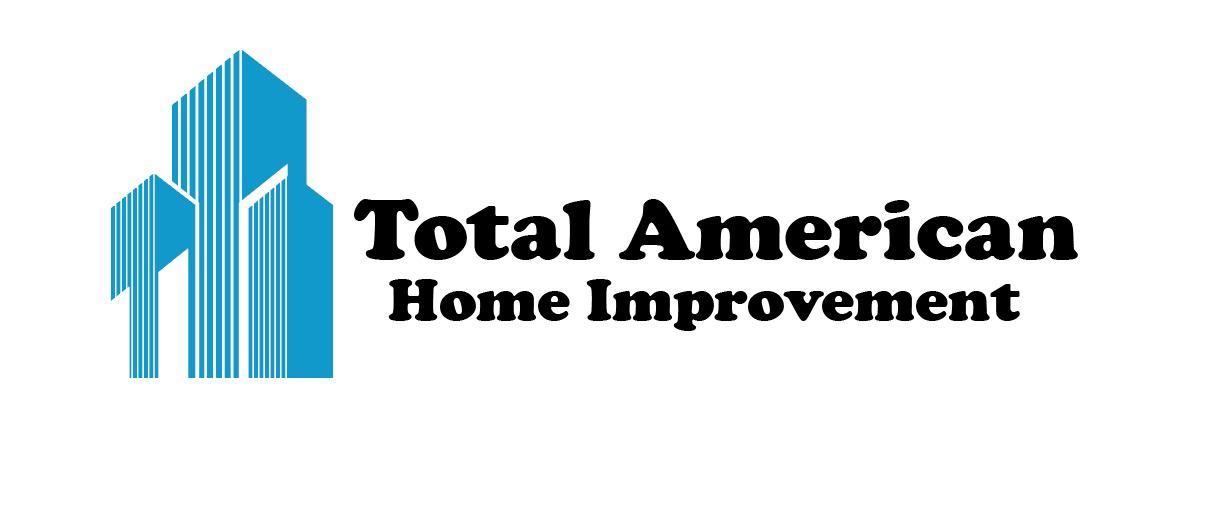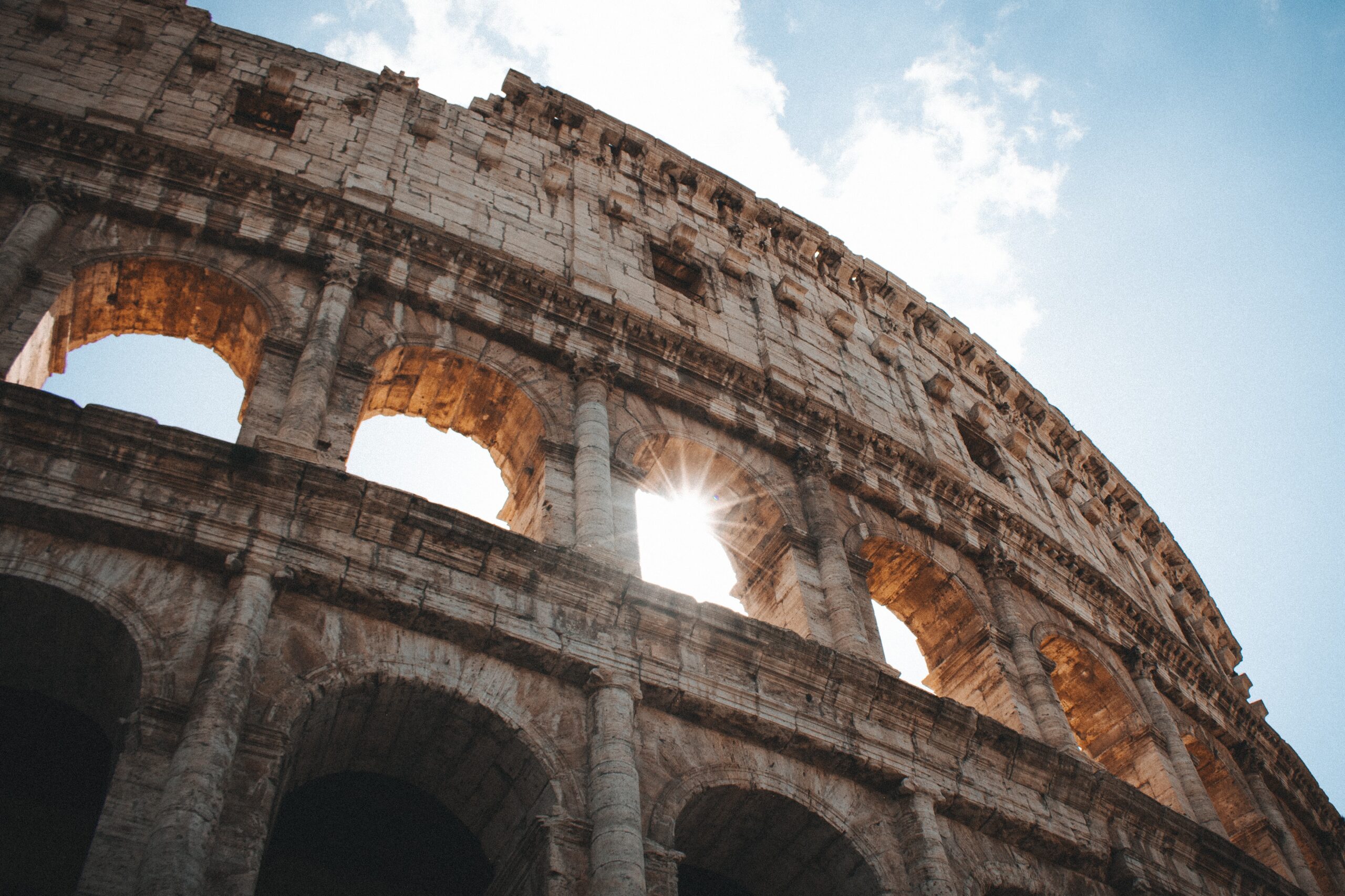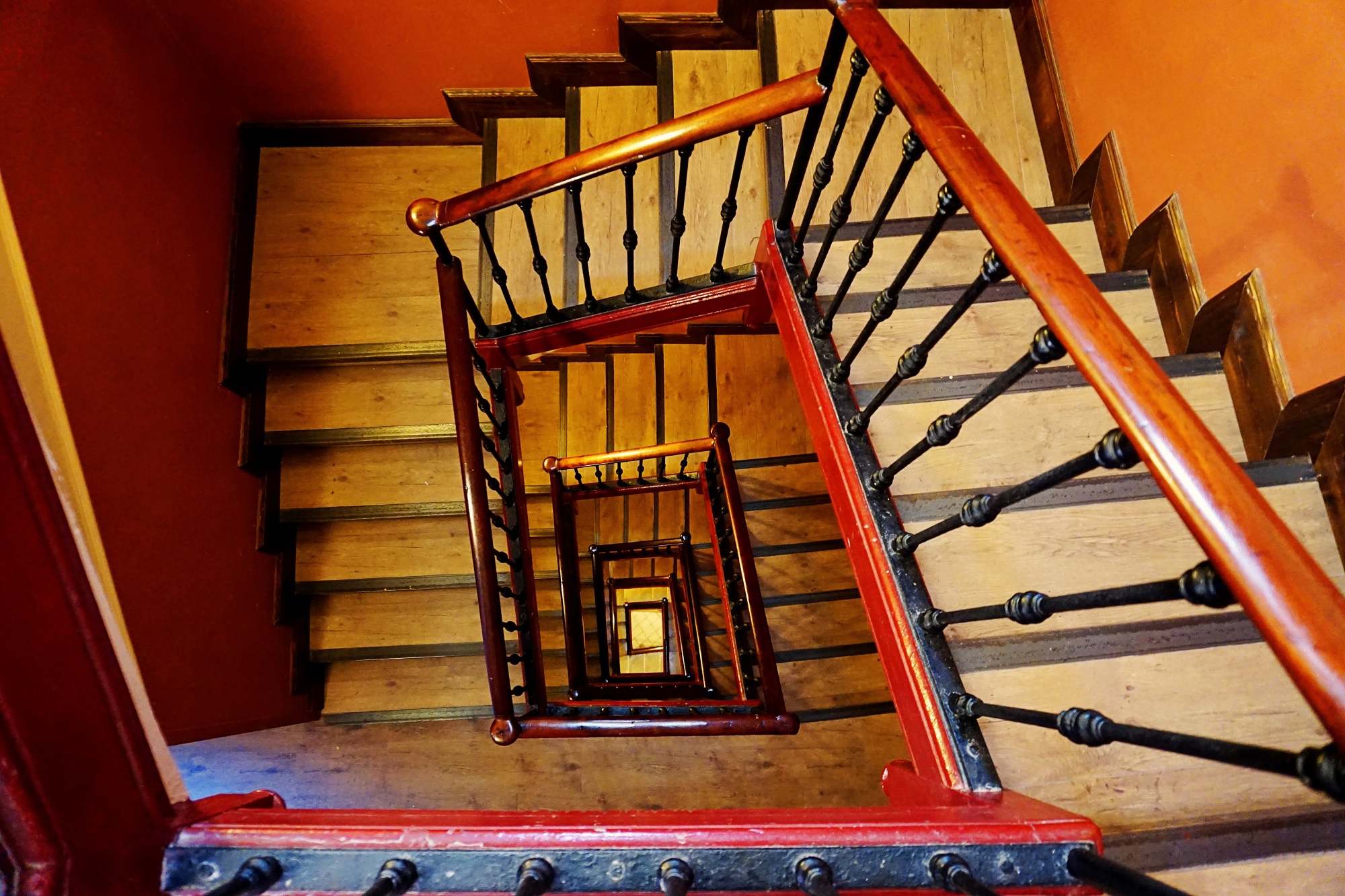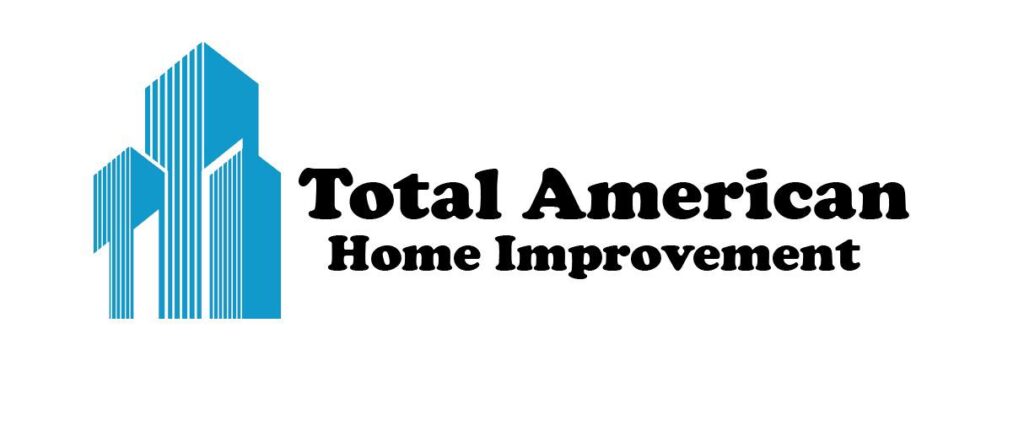Introduction
Bricks, a timeless and versatile building material, remain a global construction cornerstone for centuries. However, not all bricks are created equal. There are various types of bricks, each designed with specific characteristics that make them suitable for different applications in masonry. In this blog post, we will explore the different types of bricks and their uses in construction.
Common Bricks
Builders widely use common brick masonry, where they arrange common bricks, typically made from fired clay or concrete, to create durable and structurally sound walls, facades, and partitions. Common bricks have a rectangular shape and standardized dimensions, which make them easy to work with and assemble in various architectural designs. A mason typically lays the bricks in a systematic pattern using mortar as a bonding agent, enhancing not only stability but also the overall aesthetic appeal of the structure.
One of the key advantages of common brick masonry is its cost-effectiveness. Common, affordable bricks are favored in residential and commercial construction due to their ready availability and cost-effectiveness. Moreover, common brick masonry offers excellent thermal insulation properties, helping to regulate indoor temperatures and reduce energy consumption. Its durability and resistance to fire, weather, and pests further contribute to its popularity in construction. Whether used for load-bearing walls or decorative accents, common brick masonry continues to be a timeless and versatile choice for architects and builders alike, combining both functionality and aesthetics in the built environment.
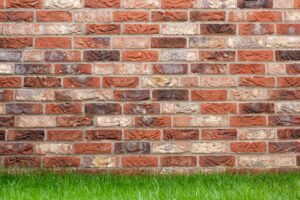
Facing Bricks
Facing bricks masonry is a time-tested and popular construction technique that involves the use of specially designed bricks to create an aesthetically pleasing and durable exterior wall surface. These bricks are carefully chosen for their visual appeal, as they are meant to be visible and enhance the overall look of the building. Facing bricks offer diverse colors, textures, sizes, enabling architects and builders to create various architectural styles and designs. Whether it’s a rustic, traditional, or contemporary look, facing bricks can be customized to suit the desired aesthetic.
In addition to their visual appeal, facing bricks masonry offers several practical advantages. These bricks are typically made from high-quality clay or concrete, making them durable and weather-resistant. They can withstand harsh environmental conditions, such as rain, snow, and UV radiation, without deteriorating quickly. This durability ensures that the building’s facade remains attractive and structurally sound over time. Moreover, facing bricks provide excellent thermal insulation and contribute to energy efficiency, reducing heating and cooling costs. Overall, facing bricks masonry is a versatile and reliable construction method that combines both form and function to create long-lasting and visually appealing structures.
Engineering Bricks
Builders commonly use engineering bricks in construction for their exceptional strength and durability. These bricks are specifically engineered to withstand high levels of compression and are favored for load-bearing applications in masonry structures. They are typically manufactured using high-quality clay and fired at higher temperatures than standard bricks, resulting in a dense, hard, and less porous material. This density makes engineering bricks highly resistant to water absorption, making them ideal for use in damp or exposed environments where moisture resistance is crucial. Their distinctive red or blue-black color also sets them apart, making them easily recognizable in construction projects. Engineers frequently use engineering bricks in foundations, retaining walls, and areas prioritizing structural integrity due to their robust nature.
In addition to their strength and resistance to moisture, engineering bricks are known for their precision and uniformity in size and shape. These qualities make them highly suitable for intricate and detailed masonry work, such as arches, lintels, and ornamental facades. Their consistent dimensions enable builders to create visually appealing and structurally sound designs with confidence. Overall, engineering bricks play a crucial role in the construction industry, offering builders a versatile and dependable option for a wide range of architectural and structural applications, ensuring the longevity and stability of the structures they are used in.
Fire Bricks
Fire bricks, or refractory bricks, are essential in high-heat masonry construction due to their ability to withstand extreme temperatures. Designers create these specialized bricks to endure intense heat, making them essential in constructing fireplaces, kilns, furnaces, and high-temperature environments. Fire bricks consist of refractory materials like clay, silica, alumina, and additives for improved thermal stress resistance. Their dense and non-porous nature ensures they can endure prolonged exposure to extreme temperatures, making them ideal for lining the inner walls of fireplaces and industrial ovens. Fire bricks’ composition and manufacturing vary for specific temperature needs, with diverse shapes and sizes for various construction requirements.
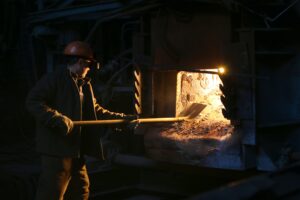
In masonry, specialized refractory mortar lays fire bricks, forming a sturdy and heat-resistant structure. These bricks are not only heat-resistant but also highly insulating, helping to maintain stable temperatures within the enclosures they line. Whether in residential settings, where they provide efficient heat retention and safety in fireplaces, or industrial settings, where they withstand the punishing conditions of furnaces and kilns, fire bricks are an essential component of masonry that ensures safety, durability, and the efficient management of extreme heat in various construction applications.
Perforated Bricks
Perforated brick masonry uses bricks with small holes for construction. Strategically placing these holes enhances the brick’s structural properties and offers various advantages in building construction. People commonly use perforated bricks in both load-bearing and non-load-bearing walls. Perforations reduce brick weight and improve thermal insulation, ideal for extreme climates. This type of masonry allows for better ventilation and moisture control within walls, contributing to a more comfortable indoor environment. Additionally, the holes facilitate easy installation of electrical wiring and plumbing, making it a preferred choice in modern construction projects.
Perforated brick masonry offers design freedom, enabling creative pattern and texture exploration on building exteriors. The combination of solid and perforated bricks can result in visually appealing facades that add character and uniqueness to structures. Furthermore, the use of perforated bricks can contribute to sustainable building practices by promoting energy efficiency and reducing the overall carbon footprint of a building. In summary, perforated brick masonry combines structural integrity, thermal efficiency, and design flexibility, making it a versatile choice for contemporary construction projects aiming to balance functionality and aesthetics while considering environmental impact.
Hollow Bricks
Hollow brick masonry is a construction technique that utilizes specially designed bricks with voids or hollow spaces within them. Builders commonly use these bricks to construct both load-bearing and non-load-bearing walls, offering several advantages. Reduced weight compared to solid bricks makes them easier to handle during construction, offering a key benefit. Hollow spaces offer insulation, curbing heat transfer, and cutting energy costs by regulating indoor temperatures effectively. Additionally, these bricks allow for efficient placement of reinforcing materials, such as steel bars, within the hollow cores, enhancing the structural integrity of the masonry.
Hollow brick masonry’s visible voids create a unique textured appearance, offering distinctive aesthetics to the wall. This can be appealing for architects and builders looking to achieve a specific design or style. However, it’s essential to consider the local climate and structural requirements when choosing hollow bricks, as they may not be suitable for all building applications. Overall, hollow brick masonry is a versatile and practical choice for various construction projects, providing a combination of strength, insulation, and design flexibility.
Clay Bricks
Clay brick masonry is a time-tested and widely used construction technique that involves the arrangement of clay bricks in an organized pattern to create walls, facades, and various architectural elements. These bricks are made by molding and firing clay in high-temperature kilns, resulting in a durable and versatile building material. Clay brick masonry offers several advantages, including excellent thermal insulation properties, high compressive strength, and resistance to fire and moisture. It also offers an aesthetically pleasing finish that builders can customize with different bond patterns and mortar colors, making it a popular choice for both residential and commercial construction projects. Moreover, the longevity of clay brick masonry structures is well-documented, with many historical buildings standing as a testament to the durability of this construction method.

The construction process involves skilled masons who meticulously arrange the bricks using mortar as a bonding agent. This creates a strong and stable structure capable of withstanding external loads and environmental factors. Clay brick masonry is sustainable, using abundant natural clay and being recyclable after a building’s life cycle. Proper installation and maintenance are crucial for maximizing clay brick masonry structure longevity and performance, despite its many benefits. Overall, clay brick masonry continues to be a favored choice in construction due to its durability, aesthetics, and sustainability.
Concrete Bricks
Concrete brick masonry is a construction technique that involves using concrete bricks to build walls, structures, and architectural elements. These bricks are typically made by molding a mixture of cement, sand, water, and aggregates into specific shapes and then curing them to achieve strength and durability. This method of construction offers several advantages. Firstly, concrete bricks are known for their robustness and resistance to weather, making them suitable for both indoor and outdoor applications. Secondly, their uniform size and shape facilitate precise construction, resulting in straight and aesthetically pleasing walls. Additionally, concrete brick masonry provides excellent thermal insulation, which can contribute to energy efficiency in buildings. In residential, commercial, and industrial construction projects, people widely use this technique for its versatility, durability, and minimal maintenance requirements.
Concrete brick masonry is not only practical but also environmentally friendly. Concrete, as a building material, has a long lifespan, reducing the need for frequent replacements and conserving resources. Moreover, its thermal mass properties can help regulate indoor temperatures, reducing heating and cooling energy consumption. Furthermore, concrete bricks can be manufactured using recycled materials, reducing the environmental impact of production. Concrete brick masonry remains a favored option for its durability, aesthetics, and eco-friendliness in construction, balancing strength, efficiency, and sustainability.
Conclusion
Bricks come in various types, each tailored to meet specific construction needs. Whether you’re looking for strength, insulation, aesthetics, or resistance to high temperatures, there’s a type of brick designed for the job. Understanding the different types of bricks and their uses in masonry is essential for selecting the right material for your construction project. By choosing the appropriate brick type, you can ensure that your building is not only structurally sound but also meets your desired aesthetic and functional requirements.
